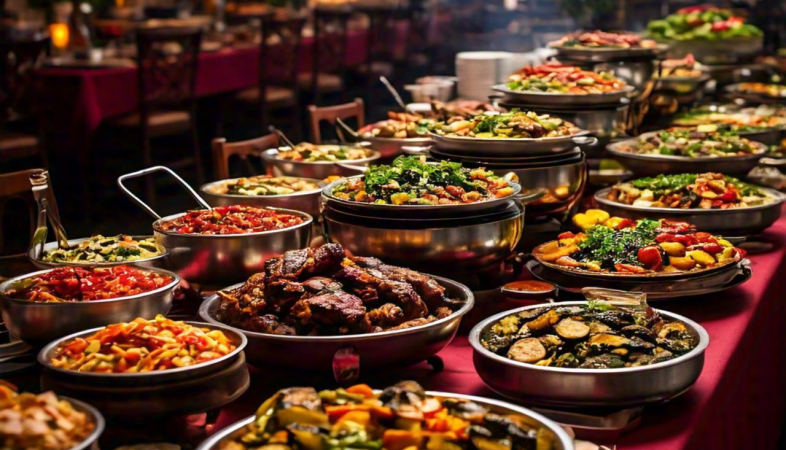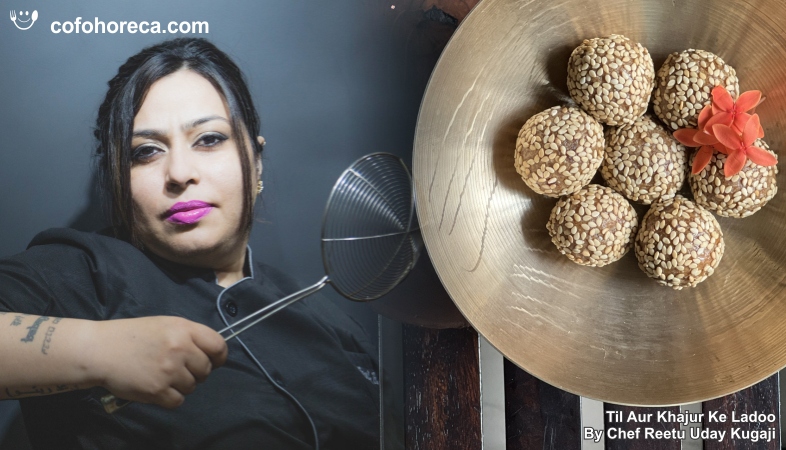SHARE
Commercials
More Posts
Feb 27, 2025
Banarasi Tamatar Chat - By Chef Ashish Spencer
Mar 13, 2025
Til Aur Khajur Ke Ladoo - By Chef Reetu Uday Kugaji
Feb 27, 2025
Banarasi Tamatar Chat - By Chef Ashish Spencer
Mar 13, 2025
Til Aur Khajur Ke Ladoo - By Chef Reetu Uday Kugaji
Feb 27, 2025
.png)




























